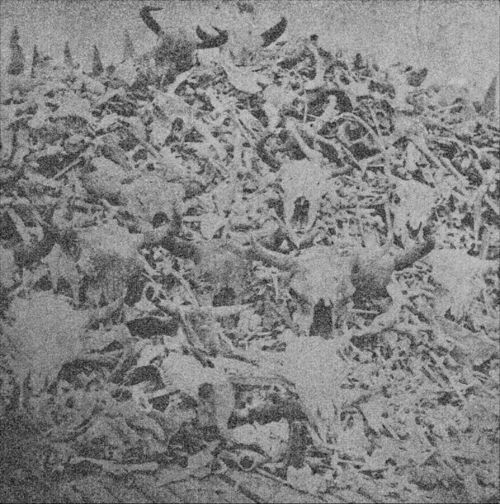I was reading Rabble in Arms by Kenneth Roberts and the following passage brought a lightbulb . . .
We forget that 230 years ago [strike]carrier[/strike] passenger pigeons were common in gigantic flocks and that peppering a tree or flock would bring down several.

In another passage of the same book (dreaming about food stored at his father's house):
Joseph started a fire: the others made camp: Doc Means took a dozen eels from the canoe, scoured each one with a handfull of ashes, chopped them into five-inch sections, skewered them on ramrods and hung them before the fire - and then we had a piece of luck. There was a scrabbling and clapping in the elms behind us, as though a whirlwind had struck them.
Cap Huff pounded on his keg. "Pigeons!" he bawled. "Pie! Pigeon ie! Pidgeon soup! Get your guns!"
The western sky was alive with pigeons, millions of them: an endless cloud, hovering and whirling as wet snow-flakes swirl in a gust of wind. They fluttered into the elms by the thousands, as if sucked into insatiable maws. From the trees came crashings, as branches, overloaded by the weight of the pigeons, broke and fell. At such times billowing clouds of birds puffed from the foliage, only to vanish again amont the leaves. There seemed to be no limit to the number the trees would hold."
We forget that 230 years ago [strike]carrier[/strike] passenger pigeons were common in gigantic flocks and that peppering a tree or flock would bring down several.

In another passage of the same book (dreaming about food stored at his father's house):
. . . smoked goose breasts, hams, smoked eels, dried apples, dried corn, salted codfish, pickled tinker mackerel, bags of onions and potatoes, racks of squashes, jars of brandied peaches, barrels of corned beef, cucumbers in brine, tubs of pigeons, plover and partridge breasts packed in melted fat, so they can be eaten when fresh meat is scarce in the winter.








